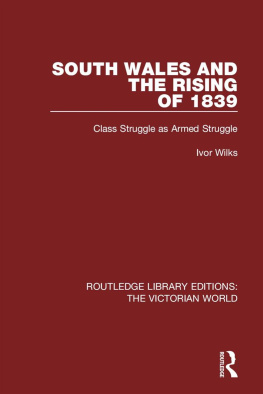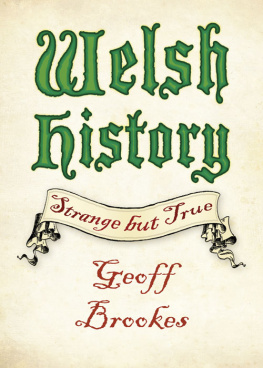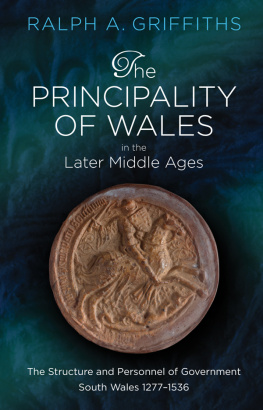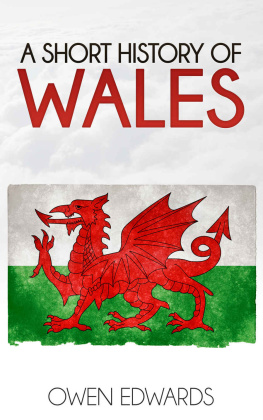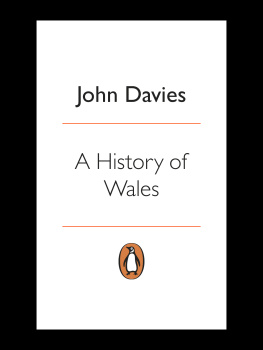First published in 1984 by Croom Helm Ltd
This edition first published in 2016
by Routledge
2 Park Square, Milton Park, Abingdon, Oxon OX14 4RN
and by Routledge
711 Third Avenue, New York, NY 10017
Routledge is an imprint of the Taylor & Francis Group, an informa business
1984 Ivor Wilks
All rights reserved. No part of this book may be reprinted or reproduced or utilised in any form or by any electronic, mechanical, or other means, now known or hereafter invented, including photocopying and recording, or in any information storage or retrieval system, without permission in writing from the publishers.
Trademark notice: Product or corporate names may be trademarks or registered trademarks, and are used only for identification and explanation without intent to infringe.
British Library Cataloguing in Publication Data
A catalogue record for this book is available from the British Library
ISBN: 978-1-138-66565-1 (Set)
ISBN: 978-1-315-61965-1 (Set) (ebk)
ISBN: 978-1-138-64509-7 (Volume 51) (hbk)
ISBN: 978-1-315-62834-9 (Volume 51) (ebk)
Publishers Note
The publisher has gone to great lengths to ensure the quality of this reprint but points out that some imperfections in the original copies may be apparent.
Disclaimer
The publisher has made every effort to trace copyright holders and would welcome correspondence from those they have been unable to trace.
South Wales
and the Rising of 1839
Class Struggle as Armed Struggle
Ivor Wilks
1984 Ivor Wilks
Croom Helm Ltd, Provident House, Burrell Row,
Beckenham, Kent BR3 1 AT
Croom Helm Australia, PO Box 391,
Manuka, ACT 2603, Australia
British Library Cataloguing in Publication Data
Wilks, Ivor
South Wales and the rising of 1839. (Croom Helm studies in society and history)
1. Chartism 2. Labor and laboring classes Newport (Gwent) Political activity History 19th century 3. Newport (Gwent) Politics and government
I. Title
322.440942991 HD8397.G8
ISBN 0-7099-2772-X
Printed and bound in Great Britain
To Daniel Hughes and Mary Hinton, who chose the 4th of November 1839 for their wedding; and to their last surviving grandchild, my Mother.
In 1839 the turmoil that was endemic to the condition of south Wales assumed a new form: ironworkers and colliers took to arms in a bid to win, for labour, autonomy within the evolving industrial capitalist system. The roots of the workers movement lay deep in the Welsh past, its immediate causes in the grim circumstances of the workplace. Chartism was a catalyst, the rising in November the result. Almost a century and a half later the events of 1839 retain their place in the sensibilities of the people. In the centre of Newport, Gwent, is the contemporary John Frost Square, named after the Welsh chartist. There is a high-rise building, Chartist Tower, and a caf, Frostbite. The pedestrian passes from one part of the development to another by way of a tunnel, one wall adorned with a splendid mosaic depicting the march of the ironworkers and colliers on Newport. In 1980 the Islwyn Folk Club presented The Chartists, a musical dramatisation of the rising by Wynford Jones, and the album that was released proved highly popular.1
In south Wales the rising of 1839 has remained part not only of the decorative but also of the usable past. The hunger marchers in the 1930s compared themselves to the men of 1839, and the analogy was present in the minds of miners leaders like Aneurin Bevan, then active in the creation of secret anti-fascist workers freedom groups.2 Recently a Chartist Rally has become one of the major shows put on by the Labour Party in south Wales each year. It is held at Blackwood, where the rebels set up their headquarters in 1839. The rally in 1980 followed immediately after the Welsh rugby team had lost 323 to New Zealand at Cardiff Arms Park. If it had been the English who had beaten us, remarked one of the organisers, we would have cancelled the rally, because everyone would have been in the pubs! The respectable parliamentarians who annually exhort the faithful to emulate the struggles of the old Welsh chartists would doubtless be highly dismayed to have their advice taken.3
This study of the rising is quite patently a partisan one, and I do not know how it could be otherwise. What passes for objectivity is all too commonly a subscription to conventionally received opinion. The standard view of early industrial Wales was developedunderdeveloped might seem a more appropriate term by bourgeois historians attached to a mystical belief in the imperial destiny of the English nation. Here I have sought to place the movement of 1839 in a more appropriate setting, as an episode in Welsh history in general and Welsh working-class history in particular. It will harm none of us to keep in mind the categorical demand in examining any social question made by Lenin 70 years ago, in The Rights of Nations to Self-Determination, that the question be formulated within definite historical limits, and if it refers to a particular country the specific features that distinguish that country from others within the same historical epoch be taken into account.
The origins of this book are to be found in seven articles I contributed to the Welsh Republican in 19545. They were written from the Gold Coast and the database on which they were constructed was inadequate. They were the writings of an angry man too young to have participated in the anti-Nazi struggle except passively, by being bombed, but old enough to have served in the Middle East and seen the state of Israel born, then so full of socialist promise. In the mid-1950s I watched the people of the Gold Coast preparing themselves for the independence that was soon to come, and I reflected on the sorry state of the Wales I had left in 1953. The articles were indeed written in anger, but I do not disown them; many of their themes have survived a more careful scrutiny.
By far the most important source for the events of 1839 is the evidence taken by the magistrates in Newport in the weeks after the rising. This is extant in the form of official transcripts, to be found in the Newport Public Library and among the Home Office and Treasury Solicitors papers in the Public Record Office, and in reports of the proceedings made independently by newspaper correspondents. Not infrequently these latter produced fuller texts than the court clerks. Space has not allowed all versions of the evidence to be cited. I have therefore referred the reader to the specific source I have used after ensuring that it was at least as full as any other text available to me. It must always be borne in mind that those who gave evidence seldom did so willingly. They were concerned to incriminate themselves and their comrades as little as possible. The chronicler of the rising has therefore to rely heavily upon witnesses who for the most part concealed more than they revealed. The full extent of the rebel organisation can probably never be known. It was perhaps the difficulties inherent in investigating a movement so shrouded in secrecy that led me to make an extensive use of direct quotations from the sources. I adopted this course, however, for more specific reasons, in part to convey something of the flavour of the period and in part because, over the years, the meanings of many words and expressions have changed subtly and sometimes not so subtly. I have declined to become locked into precise definitions of such terms as rising, insurrection, working class, middle class or whatever. I cherish that degree of vagueness that makes for civilised discourse, and can only say that I use such terms in much the sense that they were used in the sources I cite.

